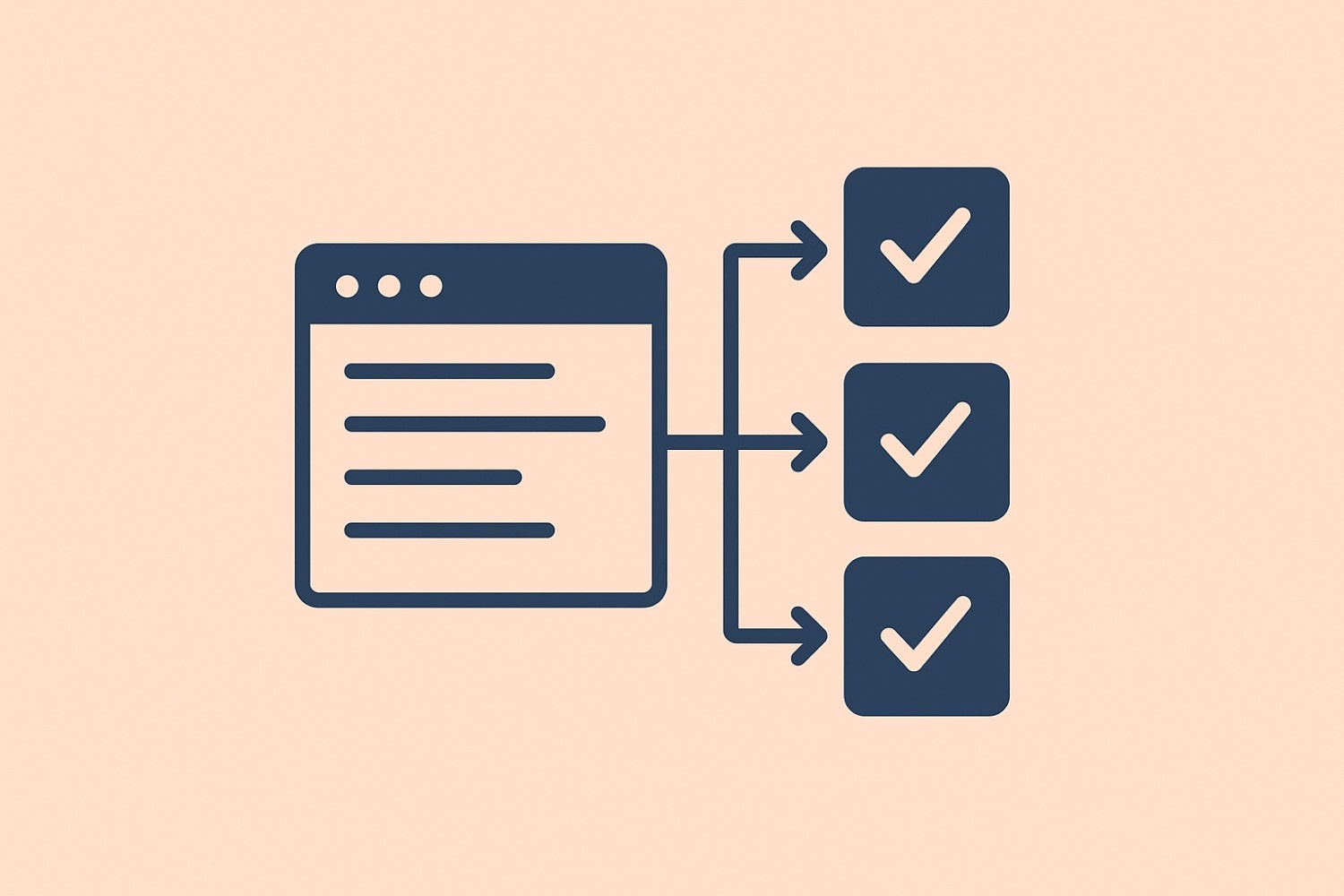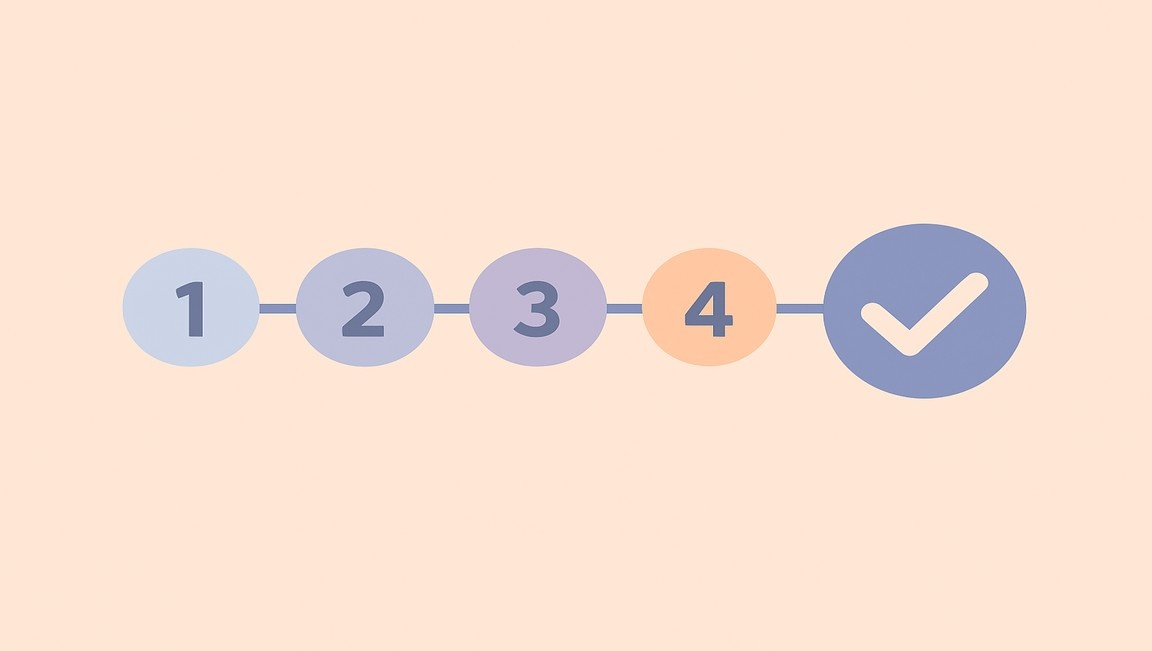Table of content
SHARE THIS ARTICLE
Is this blog hitting the mark?
Contact Us
Table of Contents
- What is Selenium Automation Testing?
- The Architecture of Selenium 3
- The Architecture of Selenium 4
- The Difference Between Selenium 3 And Selenium 4
- Selenium 3 vs Selenium 4: Comparison Table
- Final Thoughts
Key Points:
- Architecture: Selenium 3 uses JSON Wire Protocol for communication, while Selenium 4 uses WebDriver W3C protocol for direct communication between client and server.
- Chrome Driver: In Selenium 3, Chrome Driver extends Remote WebDriver, whereas in Selenium 4, it extends Chrome Driver itself.
- Communication: Selenium 3 uses JSON Wire Protocol for communication, whereas Selenium 4 uses WebDriver W3C protocol.
- Hub & Node Jars: Selenium 3 requires starting Hub & Node Jars before running tests, whereas Selenium 4 doesn't.
- Features: Selenium 4 offers new features like Relative Locators, improved DevTools API support, and Reactive WebDriver.
When it comes to the Quality Testing process, Selenium is always considered. And today we will get to know about the basic differences between Selenium 3 and Selenium 4.
Further, Selenium testing is widely being used across the industry. As we are living in the fastest growing era and businesses need immediate launch of their online product in order to sustain in the market.
Seeing the massive competition, various automation frameworks are available in the market with which the Selenium framework is one. So far various versions of Selenium have been launched including Selenium 1 (Selenium RC), Selenium 2, Selenium 3, and Selenium 4 (Beta).
Knowing each of them specifically will definitely boost your testing ability. Being a reliable and experienced QA company in India, we are sharing a detailed blog to highlight the differentiator between Selenium 3 and Selenium 4.
We are also offering various Automation Testing Services. So, if you are looking for the same, feel free to connect.
Moreover, we have already discussed Selenium Automation Testing in our previous blog & if you are looking to know more about it, click on it now.
What is Selenium Automation Testing?
.jpeg)
Testing is an integral part of software development and any product can never be launched without proper testing. Selenium Automation Testing is one of the testing methodologies for UI automation testing.
Additionally, Selenium has a special place in the QA industry because of being open-source. The additional dynamic features of Selenium testing make the entire QA process quick and result-driven.
Moreover, time matters for all of us, and we need something faster like Selenium. Software Automation Testing is already touching new heights with the implementation of Agile & DevOps methodologies.
The Architecture of Selenium 3
As we are heading towards Selenium 3 Vs. Selenium 4, we must understand the architecture of both. It helps us to analyze their flow of work along with the difference. Also, we have mentioned the new concepts of Selenium 4 in our blog.
Don't forget to check it.The architecture of Selenium 3 is based on the JSON Wire Protocol. JSON means JavaScript Object Notation. The activity of JSON Wire Protocol is to facilitate information between Client and Server through HTTP (Hypertext Transfer Protocol).
Let's elaborate on the process of information transfer between Client and Server in Selenium 3. Here, a Selenium Client sends a selenium request & JSON Wire Protocol receives the same request through HTTP.
The Browser Driver is responsible for securing the request. In the end, “Server” returns the “Response” and “Client” receives the same. So this is the basic working model of Selenium 3 and Selenium 4 does not have JSON Wire Protocol which is the major difference between them on the basis of their architecture.
.jpeg)
The Architecture of Selenium 4
As we have discussed above, Selenium 4 does not have JSON Wire Protocol because here there is a direct transfer of information between the client and server.
The two major elements of Selenium 4 are Selenium Client & WebDriver Language Bindings. And the Browser Drivers are the server.Do you know what WebDriver Language Bindings is? It is a code library that has specifically been designed to carry out the actions generated.
Let's try and understand the architectural flow of Selenium 4. Here the request is sent through the Selenium client as a command. The request is received by the Browser Drivers.
It generates responses once an Automation test script runs on the Web Browser. The major elements of Selenium 4 i.e. Selenium Client & WebDriver Language Bindings have their own language with unique bindings.
Here bindings reflect, that the command/request can be accessed by both the elements in their own languages. You can understand it with an example. Suppose the command is written in Python and it can also be interpreted in Java, C#, Ruby On Rails, etc.
This means there is no programming language dependency between the bindings and hence testers prefer working in Selenium 4.By seeing their architectural approach, you must have now understood how Selenium 4 is different from Selenium 3.
Also, if you are looking to hire Selenium testers in India, feel free to connect. We are also available to support you in any manner we can.
.jpeg)
The Difference Between Selenium 3 And Selenium 4
We have studied the architectural difference between Selenium 3 and Selenium 4 in the above section. Now let's highlight their concrete differences so that you could know how one version is different from the other.
Also knowing them individually will give you a sense of understanding of their correct implementation.
Chrome Driver:
The first difference between Selenium 3 & 4 will be on the basis of the extension of Chrome Driver. Chrome Driver is extended to the Remote Web Driver in Selenium 3.Whereas, in the case of Selenium 4, the Chrome Driver Class is extended to Chrome Driver.
Here the Chrome Driver has predefined methods in order to use the development tools.
Mode of Communication Between Client & Server
As we have seen in the architecture of Selenium 3 & 4, Selenium 3 has JSON Wire Protocol through which information is shared between Client & Server.
Whereas, in the case of Selenium 4, JSON Wire Protocol is eliminated because it used WebDriver W3C protocol in order to establish the communication between the Client and Server.
Start of Hub & Node Jars
In Selenium 3, testers are required to start the Hub & Node jars always in order to execute the automation testing. Sometimes it becomes challenging for the testers.In the case of Selenium 4, testers get rid of such challenges because there is no need to start the Hub and Jar for the execution of Automation Testing.
Selenium 3 vs Selenium 4: Comparison Table

Final Thoughts:
So, guys, there are primary differences between Selenium 3 and Selenium 4. Further, if you are looking to know more about Selenium Testing, follow our previous blogs. Being a true software testing service provider we always aim to share recent updates about the QA process.Further, we have a team of experts who execute the entire testing process by keeping the requirement in mind. Also, we deliver projects on time by fulfilling all your expectations. Also, hire the best testers in India exclusively from QAble.
Discover More About QA Services
sales@qable.ioDelve deeper into the world of quality assurance (QA) services tailored to your industry needs. Have questions? We're here to listen and provide expert insights


Nishil Patel is the Co-founder of QAble, delivering advanced test automation solutions with a focus on quality and speed. He specializes in modern frameworks like Playwright, Selenium, and Appium, helping teams accelerate testing and ensure flawless application performance.
.svg)














.webp)
.webp)
.png)
.png)











.png)



.png)

.png)

.png)




















.webp)

